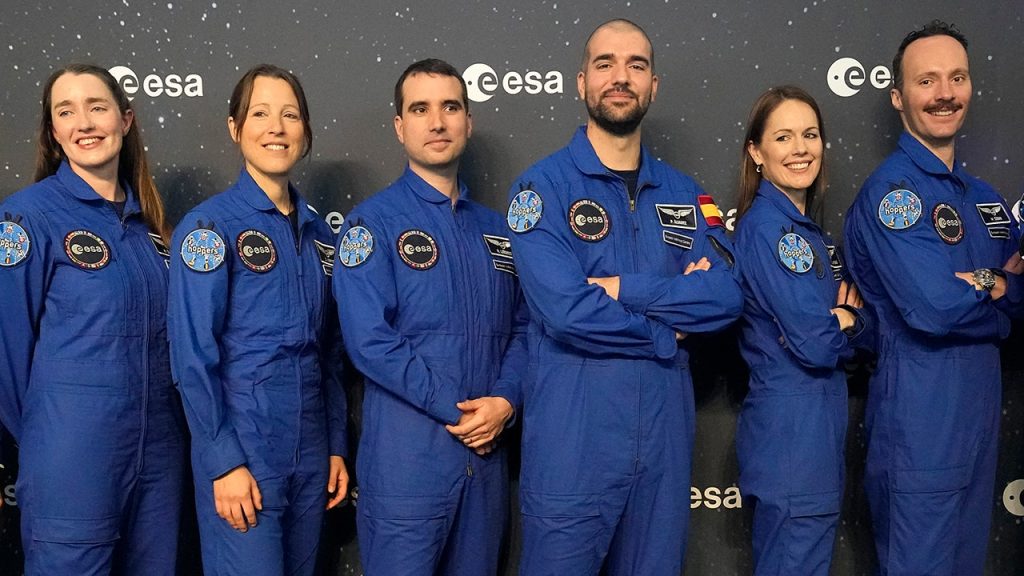Five fit, academically superior men and women have recently graduated from basic astronaut training and joined the European Space Agency’s astronaut corps. They underwent rigorous training which included exposure to multiple times the force of gravity in a centrifuge, hours spent underwater using scuba gear to simulate working in zero gravity, and academic work on scientific topics. Their training also covered survival skills like recognizing symptoms of hypoxia and dealing with potential splashdown in the ocean.
The group of new astronauts includes individuals with advanced scientific and medical degrees, military training, and experience flying various types of aircraft. The group was carefully chosen to form a cohesive team devoid of personal rivalry, ensuring a strong team spirit. The members come from various European countries and Australia, with diverse backgrounds ranging from being an aeronautical engineer to an emergency physician. The group was chosen from a pool of 22,500 applicants, with another twelve selected as reservists but not sent to basic training.
ESA has negotiated with NASA for three places on future Artemis moon missions, but those places will likely be given to more senior astronauts. ESA relies on NASA and other agencies to transport its astronauts to space, with NASA currently supplying the service module for the Orion crew capsule. The agency has suspended cooperation with Russia on various missions following the Ukraine invasion, but continues to work with them on the International Space Station where Russian is one of the working languages.
The new astronaut class includes individuals like Sophie Adenot, a French air force helicopter test pilot who always dreamt of going to space despite being told it was unrealistic. She recounts a mind-blowing moment during underwater spacewalk simulation when the instructor welcomed her to space. It was a moment that solidified her belief in her dreams and serves as motivation for her future journey into space. The group has formed a strong bond as they prepare to embark on missions to the International Space Station and potentially beyond.
The year-long basic training covered a wide range of topics including physiology, anatomy, astronomy, meteorology, robotics, and Russian language. The astronauts were taught survival skills such as dealing with a potential splashdown in the ocean and staying warm in winter while waiting to be recovered in case of an off-course landing. The training also involved experiencing hypoxia in a low-pressure chamber and exposure to hostile environments encountered in space.
The five new astronauts share a deep passion for space exploration and a determination to defy the odds. From the moment when they were welcomed to space during an underwater simulation to the culmination of their training, they have shown resilience and dedication. They are now ready to embark on missions to the International Space Station and beyond, carrying the hopes and dreams of a new generation of explorers into the cosmos.


